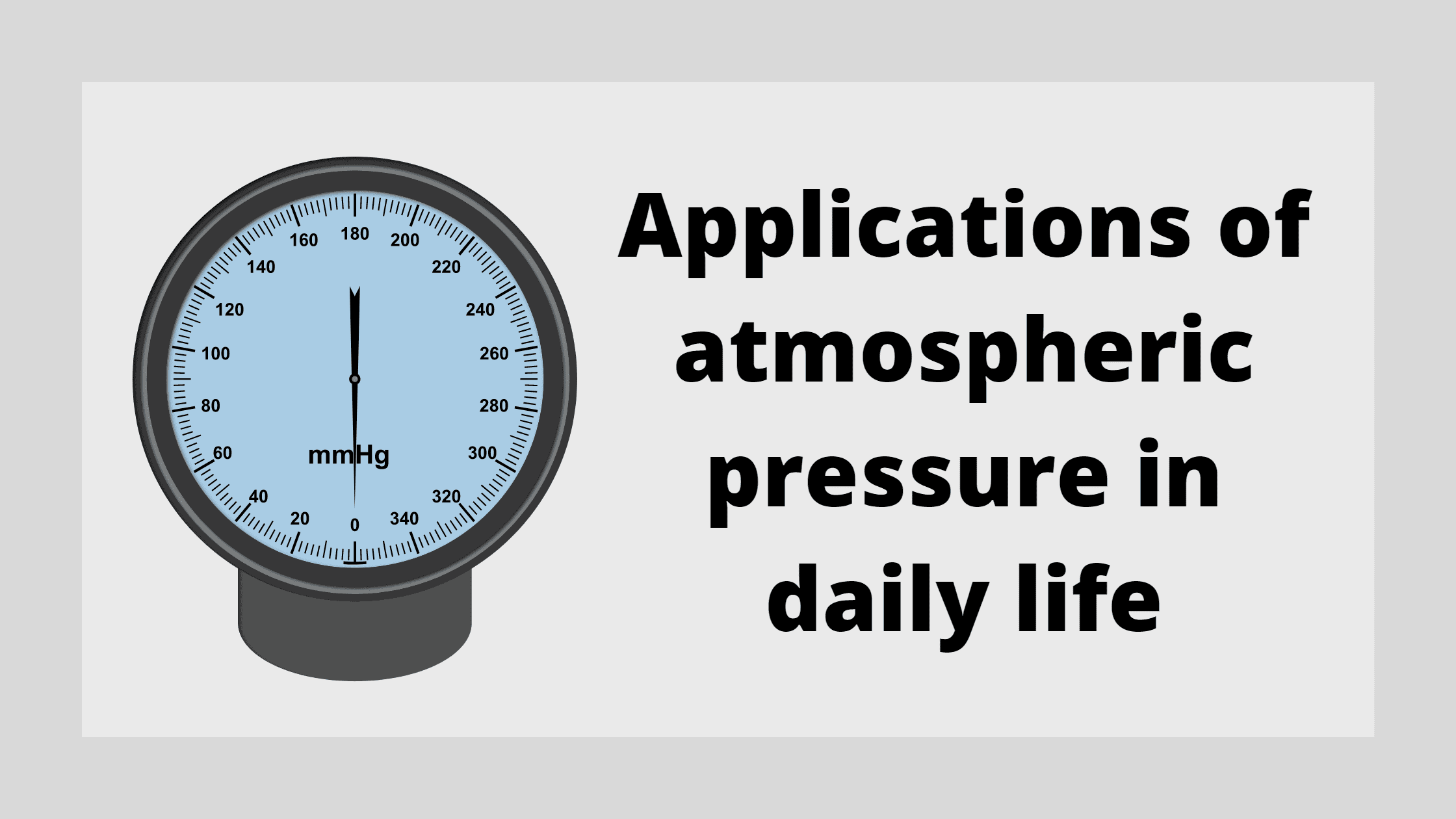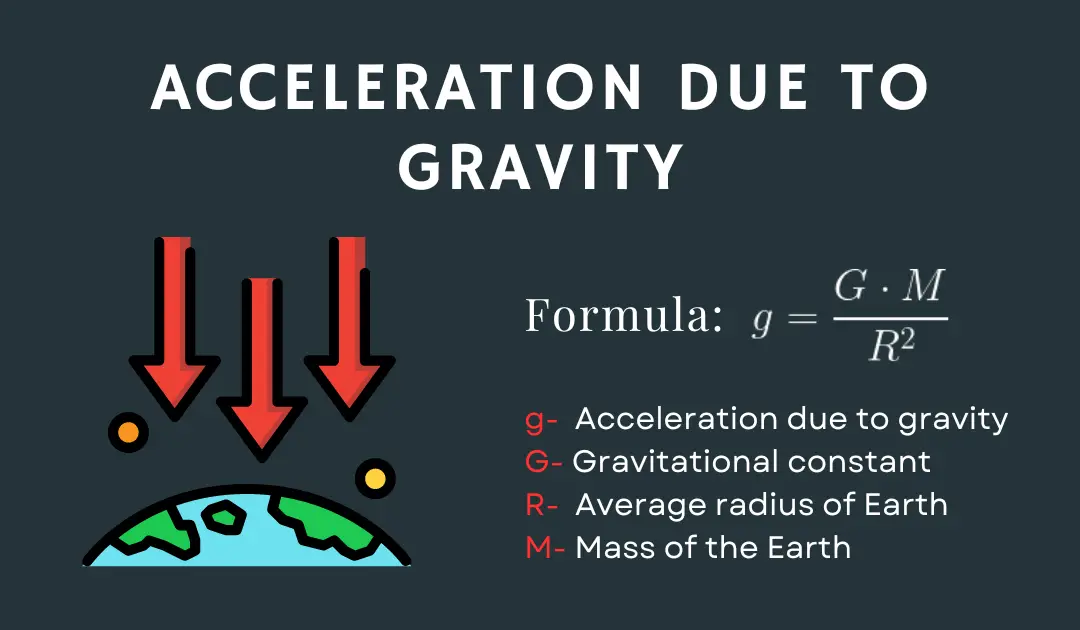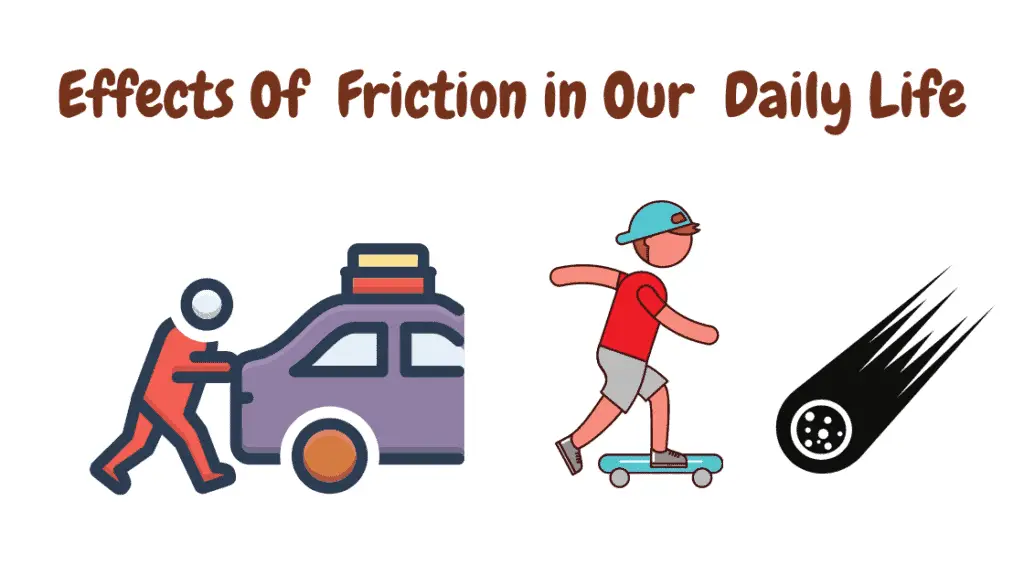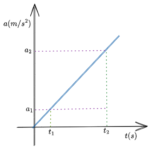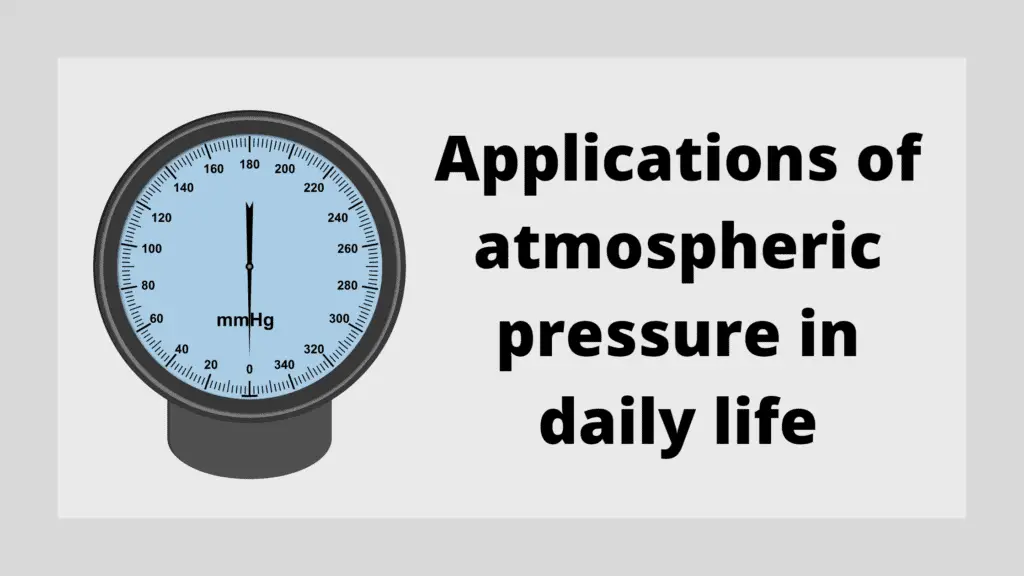
Learn about the applications of atmospheric pressure in daily life in this article. We are already aware of the significance of pressure in daily life. We will learn about how atmospheric pressure can help us and how it can be used in a variety of ways in the world around us.
Before coming to applications of atmospheric pressure, let’s first understand what is atmosphere and what is atmospheric pressure.
What is Atmosphere?
The layers of gases that surround our planet is referred to as its atmosphere. The Earth’s atmosphere is made up of roughly 78% nitrogen, 21% oxygen, and 1% other gases. It reaches many kilometers into space above earth.
What is atmospheric pressure?
The force exerted on the Earth’s surface by the air column above the Earth is known as atmospheric pressure. The weight of air above the Earth’s surface exerts pressure in all directions and causes atmospheric pressure.
Applications of atmospheric pressure
1. Drinking Straw
To drink, a person sometimes uses a drinking straw. The drinking straw depends on atmospheric pressure to work properly. The drinking straw is dipped in the liquid.
In order to drink with a straw, you have to suck on the upper end of the straw. As a result, the pressure in the straw decreases. The larger external atmospheric pressure will then exert itself on the surface of the water in the glass, pushing it to rise through the straw.
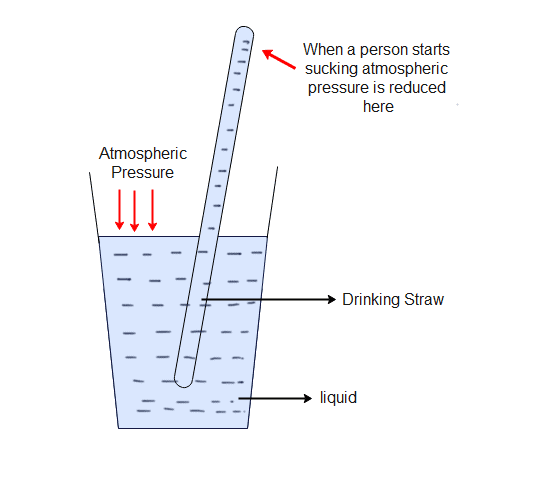
2. Rubber Sucker
A rubber sucker sticks to flat, smooth surfaces when pressed. A rubber sucker resembles a little concave cup. Pressing the rubber sucker flattens its concave rubber cup, squeezing out most of the air beneath it.
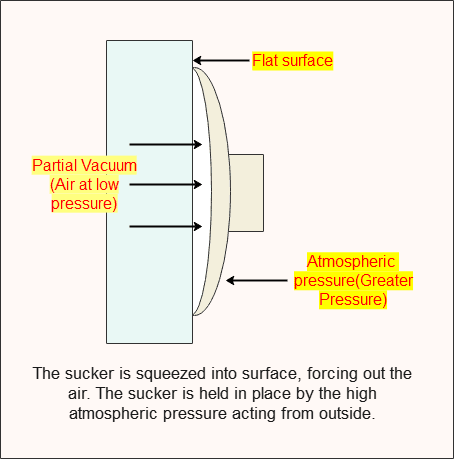
As a result, the pressure in the gap between the surface and the sucker is low. The much higher external atmospheric pressure works on the rubber sucker, forcing it firmly against the wall.
It is mostly used on smooth surfaces like glass because it’s contact with the smooth surface is airtight.
3. Syringe
A syringe is a glass or plastic tube with a nozzle and a piston that is used to take in and eject liquid. The syringe relies on air pressure to function properly.
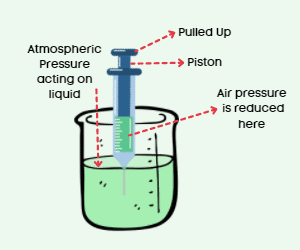
The pressure inside the syringe decreases as the syringe is immersed in liquid and the piston is pulled away. The liquid’s surface, on the other hand, is subjected to greater air pressure. It pushes the liquid into the syringe.
4. Dropper
A dropper is a short glass tube with a nozzle on one end. A dropper works on existence of air pressure.
When we press the dropper’s rubber bulb while keeping the nozzle in the liquid, air from the glass tube and bulb escapes as bubbles. This reduces the air pressure inside the glass, rubber tube, and rubber bulb.
When we release the rubber bulb of the dropper, the significantly larger atmospheric pressure acting on the liquid’s surface forces the liquid upward into the dropper tube.
As a result, the rise in the level of liquid in a dropper is caused by air pressure. If we take the filled dropper out of the liquid container and slowly press the dropper bulb, the liquid will come out of the nozzle.

